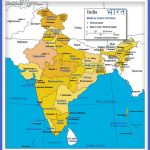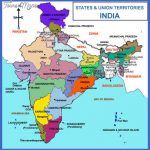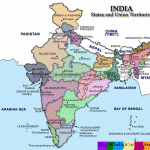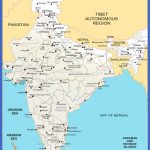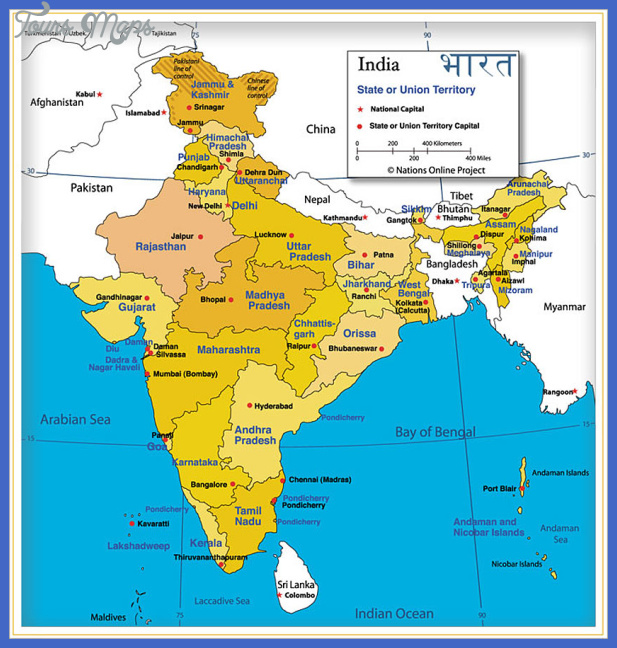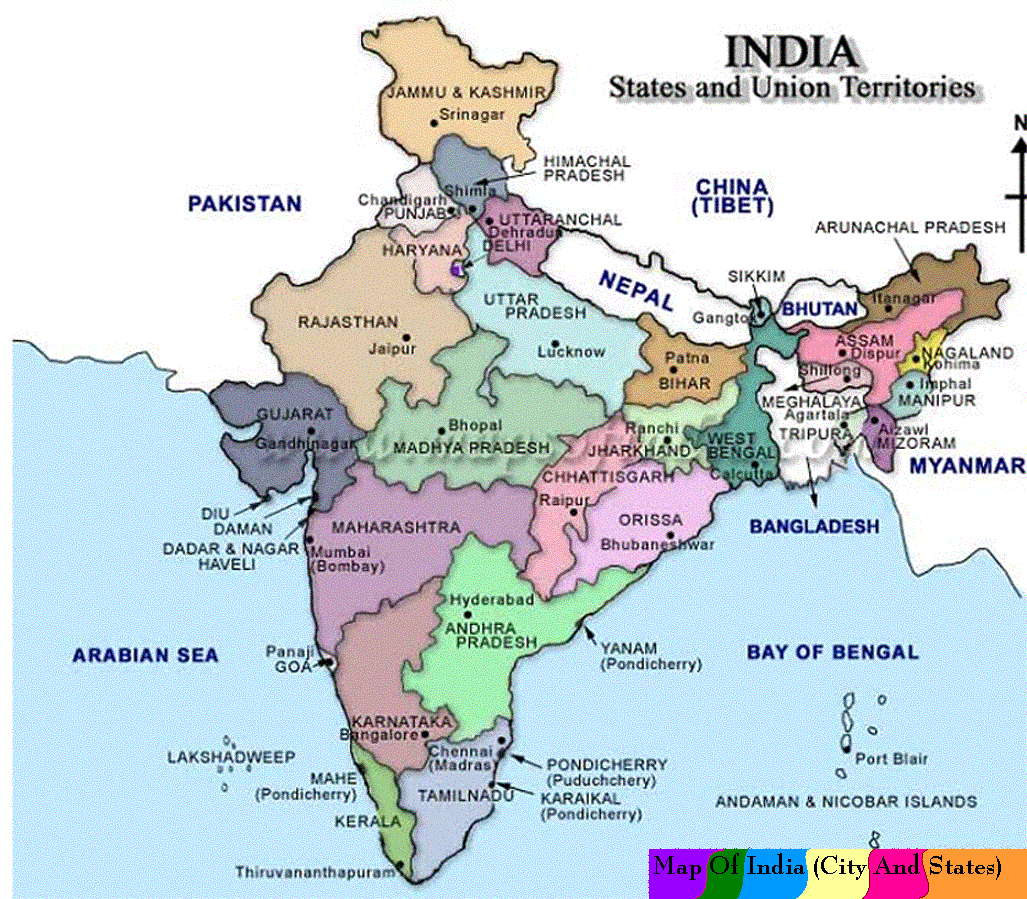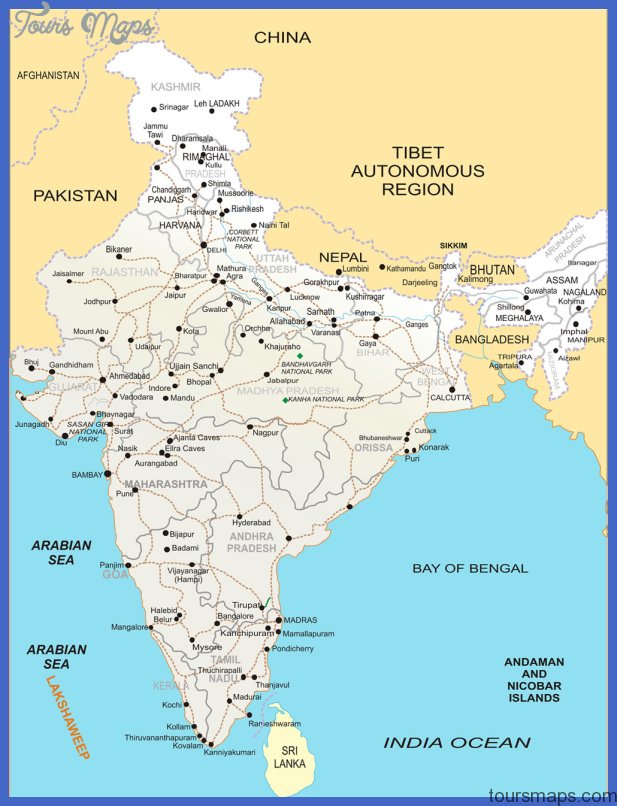Travelers to India have long been able to ride elephants, hunt tigers with a camera and live in former maharajah palaces. Now for about $100 a day they can ride a princely train, the Palace on Wheels. Every carriage was built for a maharajah and has been polished and painted white. The train runs from New Delhi carrying thirty-two attendants turbaned cooks, waiters, porters, assistant porters and an engine crew. A dozen armed guards ride in the carriages at either end.
Marigold garlands worn around the passengers’ necks are changed several times a day. A sixty-eight-seat bus is ready for sightseeing at selected stops. The Palace chugs along about twenty-four mph and reaches Agra, where passengers can view India’s foremost architectural beauty and major tourist attraction, the Taj Mahal. About two million tourists visit the Taj Mahal each year. Shah Jehan built it as a remembrance for his wife. His fate was not kind. His son not only imprisoned him but set about to drive the old man mad. When Jehan caught two of his concubines mocking his virility it was too much. He took an overdose of aphrodisiacs and died.
The train moves on into Rajasthan, where the weather can be beastly hot. When the maharajahs traveled in such circumstances their carriages were draped with grass curtains and hosed down with rose water. The Palace on Wheels merely stops running.
The train makes three-night and seven-night journeys. Only one train is given precedence over the Palace on Wheels, The Parliament Express, that carries civil servants to work, a commentary on the vicissitudes of power.
Nepal, that remote little kingdom, surrounded by India on three sides and China on the other, is for travel connoisseurs. It is a long way from the Western world, difficult to get to and good for a travel namedropper at a cocktail party. It is for trekking, for taking pictures and for birdwatching. It is also a base for the mountain climber. It has eight of the ten highest mountains plus forests of rhododendron that reach up sixty feet in height. It has six thousand streams, many of them wild-running, that could be harnessed for hydroelectric power.
Nepal is uncomfortably dependent upon India and shows its desire for independence by keeping its clocks ten minutes ahead of its big neighbor. The population of eighteen million is outstripping agricultural production. A per capita annual income of $110 a year makes Nepal one of the poorest of countries. Life expectancy is only forty-six years and the literacy rate is 23 percent.
India Map Photo Gallery
Maybe You Like Them Too
- The Best Cities To Visit in The World
- World’s 10 Best Places To Visit
- Coolest Countries in the World to Visit
- Travel to Santorini, Greece
- Map of Barbados – Holiday in Barbados

